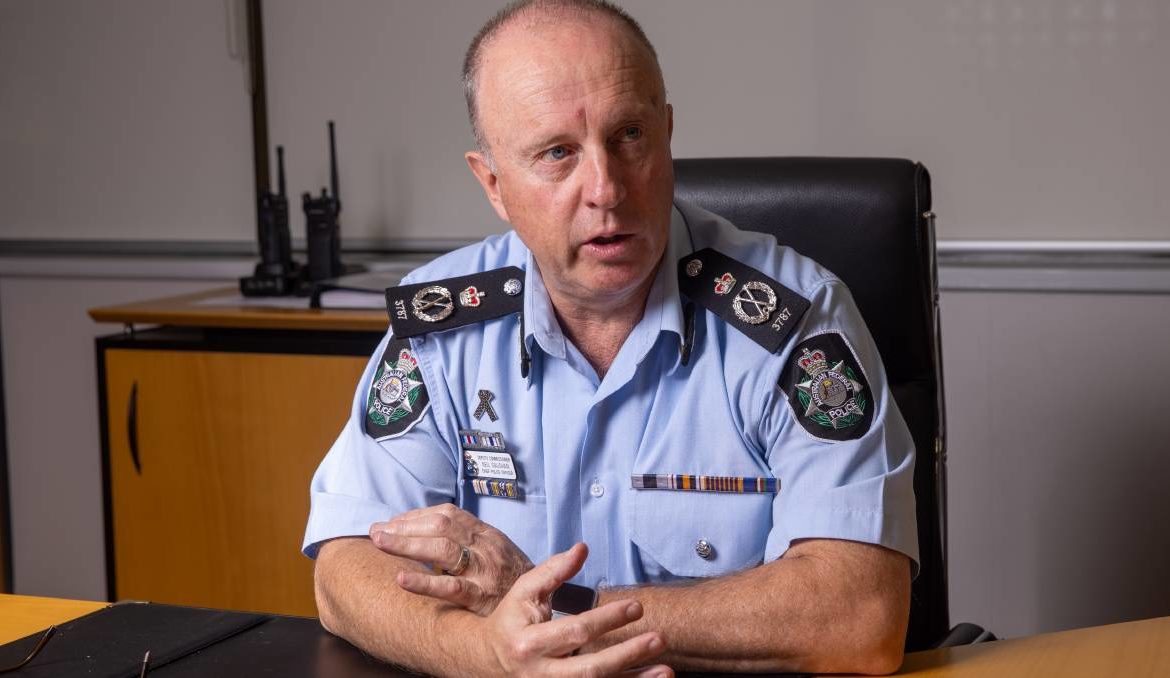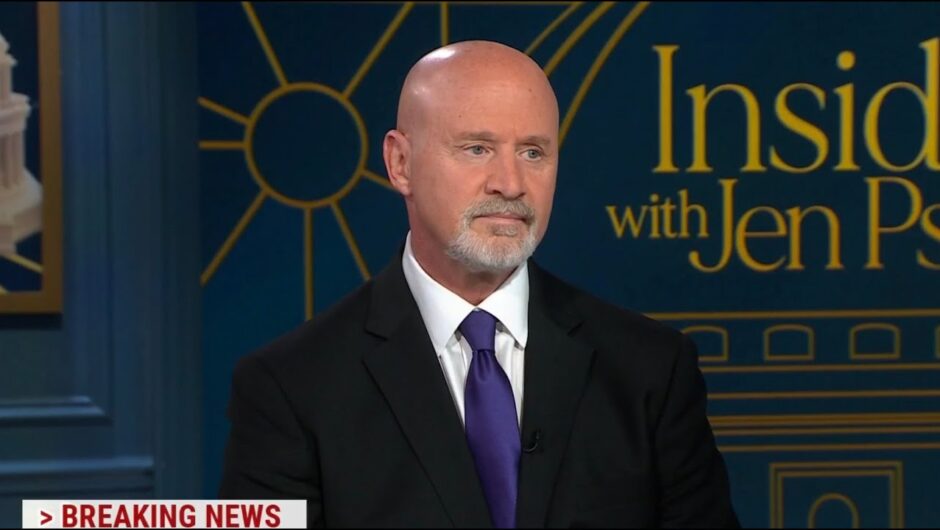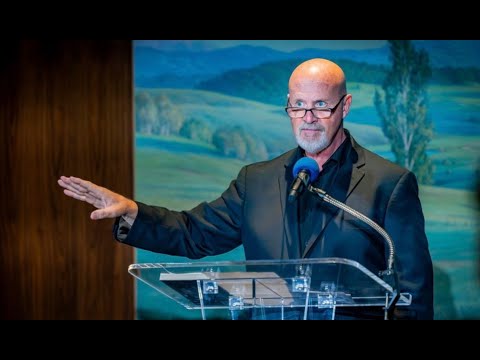news, crime, organised crime, police, drugs, cocaine, methylamphetamine
The rise in cocaine consumption in Canberra during the height of the COVID-19 pandemic lockdown exposed a sophisticated supply chain into the national capital, involving organised crime members with “long-standing connections back to the region”. The Australian Criminal Intelligence Commission’s latest wastewater drug monitoring program report revealed an estimated 5675 kilograms of cocaine was consumed nationally during the 2019-20 reporting period. ACT Chief Police Officer Neil Gaughan said that while the upward trend in Canberra cocaine consumption from the latest report was not surprising, his concern was in how it was getting in. He also said this high usage during the pandemic when most Canberra pubs and clubs – places where the city’s cocaine usage is anecdotally high – were either shut or hugely restricted in numbers, exposed what the ACT’s top cop described a “a bit of an intelligence gap” for police. Among Deputy Commissioner Gaughan’s former roles with the Australian Federal Police was in charge of the targeting national organised crime networks, and this has given him a keen insight into how these networks operate and where the drugs come in from. The most recent wastewater analysis by the Australian Criminal Intelligence Commission revealed that on a per capita basis, Canberrans were among the biggest cocaine users in the country, ranking alongside Sydney and the Gold Coast. The ACT’s high disposable incomes and unbridled consumer appetite for the expensive product makes it a highly attractive market for traffickers. A common perception was that outlaw motorcycle gangs are significant illegal drug traffickers into the ACT but Deputy Commissioner Gaughan says this was not necessarily the case. “They (bikie gangs) are definitely players [in the illegal drug trade]; the size of the field they play on is yet to be determined,” he said. “However, regardless of the action that ACT Policing has taken in relation to OMCGs, which is basically halving their numbers and putting a large number of them in jail, we haven’t seen a reduction in cocaine consumption or distribution in the territory. “To me that means there’s other people involved.” Last year members of the ACT’s specialist Task Force Nemesis arrested and charged 29 bikie gang members with 47 separate offences, and seized nine firearms. The branding of bikie gangs and their overt activity sets them up for prime targeting by police. Much harder to track and watch are the organised crime gangs which often “fly under the radar”, Deputy Commissioner Gaughan said. These organised crime gangs operate transnationally and maintain a covert string of contacts within all states and territories. “If we talk about the [illegal drug importation] players overseas, some of them have long-standing connections back to the region and back to Canberra,” Deputy Commissioner Gaughan said. “A lot of the really good ones [organised crime gangs] have started to move into legitimate businesses as well, and this is where the money laundering aspect comes into it. “Over time, they purchase legitimate businesses – perhaps through third parties – to put a significant space between them and the illegal entity.” On March 11, one man was arrested and 200kg of cocaine was seized from vessel off the NSW coast after taking the drugs from a container ship. The NSW police commander in charge of the operation said Australia’s “insatiable appetite” for the drug had not deterred those trying to import cocaine from overseas during closed borders. READ MORE: However, coronavirus travel restrictions had a major damping effect on methylamphetamine detected in wastewater across regional areas of NSW, with consumption appearing to plummet as the travel lockdowns kicked in. Methylamphetamine requires the use of imported precursors but can be manufactured locally. “It was not just the inability to transport these goods across borders but between towns . . . [and] the fact that there was no-one else on the road; so if you’re out there, your risk profile goes through the roof,” Deputy Commissioner Gaughan said. “I just put it simply down to the inability of the [methylamphetamine] cooks to get the gear to the regional centres. I will be really interesting to see what that data looks like in the next six months.” Our journalists work hard to provide local, up-to-date news to the community. This is how you can continue to access our trusted content:
/images/transform/v1/crop/frm/ZBtA3uhzm786CWHKXPpjK4/fbf068c8-2939-435d-85d1-05a853126252.jpg/r0_424_4567_3004_w1200_h678_fmax.jpg
The rise in cocaine consumption in Canberra during the height of the COVID-19 pandemic lockdown exposed a sophisticated supply chain into the national capital, involving organised crime members with “long-standing connections back to the region”.
The Australian Criminal Intelligence Commission’s latest wastewater drug monitoring program report revealed an estimated 5675 kilograms of cocaine was consumed nationally during the 2019-20 reporting period.
ACT Chief Police Officer Neil Gaughan said that while the upward trend in Canberra cocaine consumption from the latest report was not surprising, his concern was in how it was getting in.
He also said this high usage during the pandemic when most Canberra pubs and clubs – places where the city’s cocaine usage is anecdotally high – were either shut or hugely restricted in numbers, exposed what the ACT’s top cop described a “a bit of an intelligence gap” for police.
Among Deputy Commissioner Gaughan’s former roles with the Australian Federal Police was in charge of the targeting national organised crime networks, and this has given him a keen insight into how these networks operate and where the drugs come in from.
The ACT’s high disposable incomes and unbridled consumer appetite for the expensive product makes it a highly attractive market for traffickers.
A common perception was that outlaw motorcycle gangs are significant illegal drug traffickers into the ACT but Deputy Commissioner Gaughan says this was not necessarily the case.
“They (bikie gangs) are definitely players [in the illegal drug trade]; the size of the field they play on is yet to be determined,” he said.
“However, regardless of the action that ACT Policing has taken in relation to OMCGs, which is basically halving their numbers and putting a large number of them in jail, we haven’t seen a reduction in cocaine consumption or distribution in the territory.
“To me that means there’s other people involved.”
Last year members of the ACT’s specialist Task Force Nemesis arrested and charged 29 bikie gang members with 47 separate offences, and seized nine firearms.
The branding of bikie gangs and their overt activity sets them up for prime targeting by police. Much harder to track and watch are the organised crime gangs which often “fly under the radar”, Deputy Commissioner Gaughan said.
One kilogram brick of cocaine seizure in Dunlop in May last year. Picture: AFP
These organised crime gangs operate transnationally and maintain a covert string of contacts within all states and territories.
“If we talk about the [illegal drug importation] players overseas, some of them have long-standing connections back to the region and back to Canberra,” Deputy Commissioner Gaughan said.
“A lot of the really good ones [organised crime gangs] have started to move into legitimate businesses as well, and this is where the money laundering aspect comes into it.
“Over time, they purchase legitimate businesses – perhaps through third parties – to put a significant space between them and the illegal entity.”
On March 11, one man was arrested and 200kg of cocaine was seized from vessel off the NSW coast after taking the drugs from a container ship. The NSW police commander in charge of the operation said Australia’s “insatiable appetite” for the drug had not deterred those trying to import cocaine from overseas during closed borders.
However, coronavirus travel restrictions had a major damping effect on methylamphetamine detected in wastewater across regional areas of NSW, with consumption appearing to plummet as the travel lockdowns kicked in. Methylamphetamine requires the use of imported precursors but can be manufactured locally.
“It was not just the inability to transport these goods across borders but between towns . . . [and] the fact that there was no-one else on the road; so if you’re out there, your risk profile goes through the roof,” Deputy Commissioner Gaughan said.
“I just put it simply down to the inability of the [methylamphetamine] cooks to get the gear to the regional centres. I will be really interesting to see what that data looks like in the next six months.”
Our journalists work hard to provide local, up-to-date news to the community. This is how you can continue to access our trusted content:







